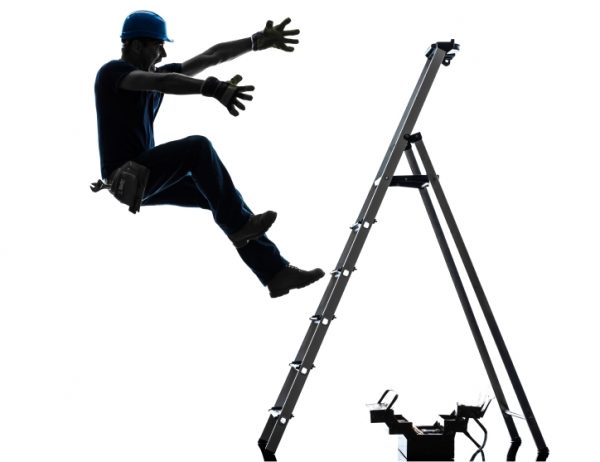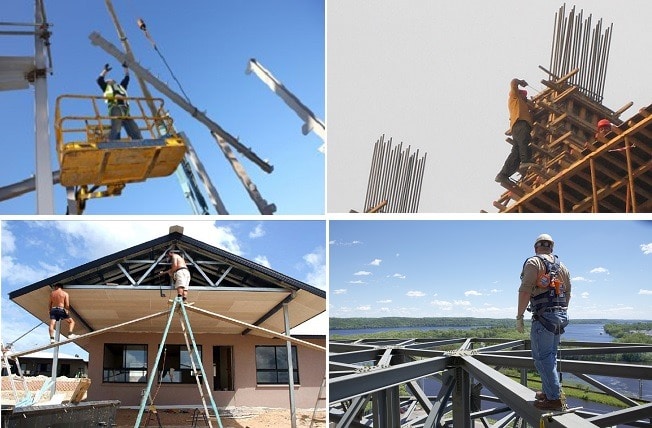Working at Height
Work at height is any work where without precautions. A person could fall a distance and-suffer an injury.
It might obvious you are working at height. For example, on a roof, you could also be working at height at ground level if you could fall into an opening in the floor. All work at height is dangerous, even if a job only takes a few minutes. Work at height should be avoided where possible. If it cannot be eliminated, then the work must be controlled to prevent or control Falls to reduce the risk.
Working at height is one of the biggest causes of fatalities and major injuries at work.

A fall from any height can be serious and even fatal. Falls from height account for around 25% of fatalities and over 5,000 reportable injuries annually. The main causes of death and injury are falls from ladders and through fragile roofs and materials. you must organize and plan all work at height, so it’s carried out safely. The work at height regulations set out a hierarchy which should be followed when planning any work at height. The level include: eliminating work at height, using work equipment to prevent Falls, using work equipment or other measures to minimize distance and consequence of a fall. Only when any level is not reasonably practicable may the next level down be considered.
Do as much of the tasks as possible from the ground. Make sure there is safe access. Only used ladders for short duration work Makeshift access is not safe access, don’t climb out of windows, jump over gaps or balance on a Ledge. Always use suitable equipment. Ensure edge protection is in place far any open edges. Use safety measures that protect everyone.
For example, collective protection systems, such as: scaffolds, nets, soft landing systems before measures that only protect the individual, like personal protection measures such as harnesses, always consider passive systems such as nets where the individual does not have to activate the system. Before active systems such as harnesses where the worker has to clip it on. Secure tools and materials to stop them falling. Check access in equipment is stable and strong enough for the task. Never overload ladders or working platforms. Protect or prevent access on or near fragile surfaces. Don’t rest ladders or access equipment on fragile surfaces. Only competent person should work at height. Have emergency rescue and evacuation procedures in place. Prevent unauthorized access, think about those working below, use warning signs and protection. Check weather conditions, do not work at height in icy, rainy or windy conditions if it is not safe. Before working at height, avoid working at height if it can be eliminated. Where it cannot be eliminated, prevent Falls. If Falls cannot be completely prevented, minimize the distance and consequences of a fall.

Work at height is work in any place. Where if there were no precautions, a person could fall a distance and suffer an injury. It is the one of the biggest causes of fatalities and major injuries at work. A fall from any height can be serious. High safety standards are essential, however long or short-term the worker is.










